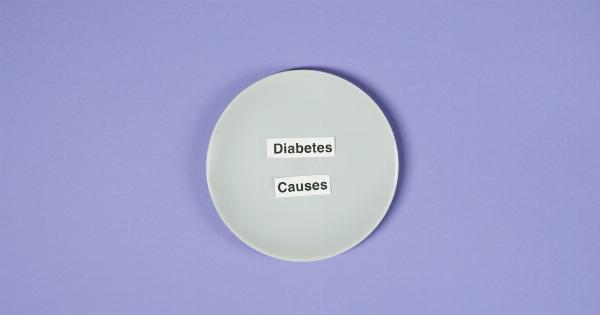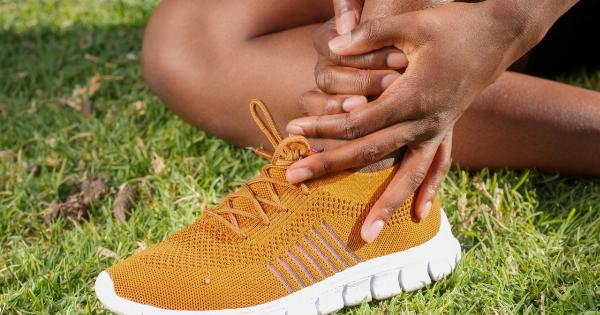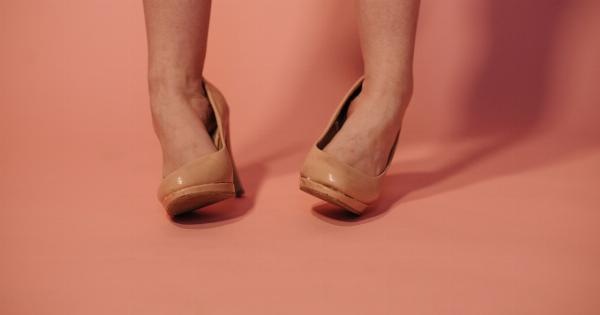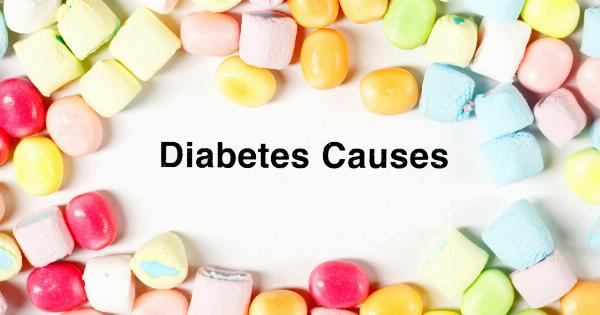Pregnancy is a beautiful phase in a woman’s life, but it often comes with its fair share of discomforts. One such discomfort that many pregnant women experience is ankle swelling or edema.
Ankle swelling can be a common occurrence during pregnancy due to increased pressure on the veins and restricted blood flow. Fortunately, there are several remedies that can help alleviate ankle swelling and provide relief. In this article, we will discuss ten effective remedies for ankle swelling during pregnancy.
1. Elevate Your Feet
Elevating your feet is one of the simplest and most effective remedies for ankle swelling during pregnancy. Prop up your feet on a pillow or elevate them above the level of your heart to help reduce the accumulation of fluids in your ankles.
This can be especially beneficial after spending long periods of time standing or walking.
2. Stay Active
While it might seem counterintuitive, staying active can actually help alleviate ankle swelling. Gentle exercises, such as walking or swimming, can promote proper blood circulation and reduce fluid retention.
Consult with your healthcare provider to determine which exercises are safe for you during pregnancy.
3. Wear Compression Stockings
Compression stockings are specially designed to provide support and improve blood circulation in the legs and ankles.
Putting on compression stockings can help reduce ankle swelling during pregnancy by preventing the pooling of fluids in the lower extremities. Make sure to choose the ones specifically designed for maternity use.
4. Avoid Standing or Sitting for Prolonged Periods
Both standing and sitting for long periods can contribute to ankle swelling during pregnancy. Try to avoid prolonged periods of standing or sitting in one position.
Take regular breaks and move around to promote blood circulation and prevent fluid buildup in the ankles.
5. Stay Hydrated
Drinking an adequate amount of water throughout the day can actually help reduce ankle swelling. When your body is properly hydrated, it is less likely to retain fluids.
Aim to drink at least eight glasses of water daily and limit your intake of sugary drinks that can contribute to fluid retention.
6. Follow a Healthy, Balanced Diet
A healthy, balanced diet can play a crucial role in managing ankle swelling during pregnancy. Include foods that are rich in potassium, such as bananas, oranges, and leafy greens, as potassium helps regulate fluid balance in the body.
Avoid excessive consumption of salty and processed foods, as they can contribute to fluid retention.
7. Massage Your Ankles
Gently massaging your ankles can help improve blood circulation and reduce swelling. Use gentle strokes and apply a moisturizing cream or oil to facilitate the massage. You can also try elevating your legs while massaging to enhance the effects.
8. Avoid Tight-Fitting Shoes
Wearing tight-fitting shoes can impede proper blood circulation and exacerbate ankle swelling during pregnancy. Opt for comfortable shoes with a wide toe box to allow for proper foot and ankle movement.
Avoid high heels or shoes that put excessive pressure on your feet.
9. Use Cold Compresses
If you are experiencing significant ankle swelling, applying cold compresses can provide temporary relief. Wrap an ice pack or a bag of frozen vegetables in a towel and apply it to the swollen areas for about 15 minutes.
The cold temperature helps constrict blood vessels and reduce swelling.
10. Talk to Your Healthcare Provider
If ankle swelling becomes persistent or is accompanied by other concerning symptoms, it is important to consult with your healthcare provider.
They can evaluate your condition, rule out any underlying medical issues, and provide personalized advice and treatment options.





























